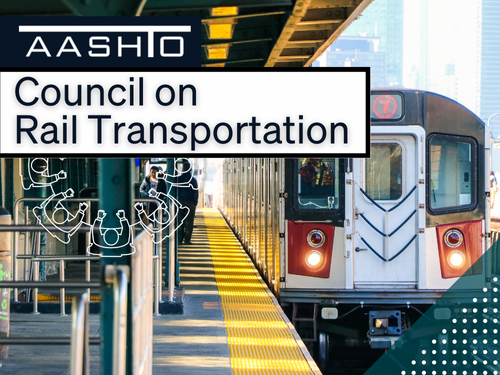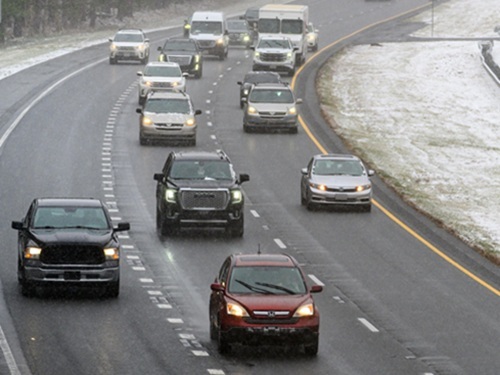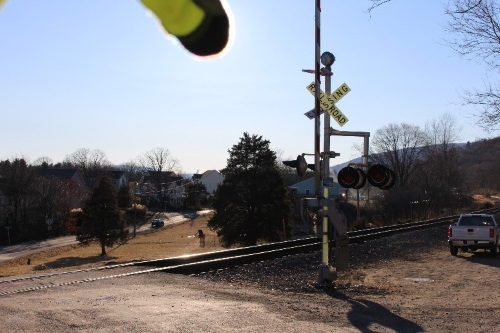The U.S. Department of Transportation issued a notice of funding opportunity on August 25 that provides up to $50 million in grants for commuter rail agencies working to improve safety at railway-highway crossings. The agency said it would accept applications for that grant money through October 26.
[Above photo by the NTSB.]
The Federal Highway Administration will disburse that funding via the Commuter Authority Rail Safety Improvement or CARSI grants program in coordination with the Federal Railroad Administration and Federal Transit Administration.

The USDOT noted in a statement that eligible projects include those that separate or protect grades at crossings, rebuild existing railroad grade crossing structures, relocate highways to eliminate grade crossings, and eliminate hazards posed by blocked grade crossings due to idling trains.
To be eligible for this block of CARSI grant program funding, a commuter authority must have experienced at least one crash investigated by the National Transportation Safety Board (NTSB) between January 1, 2008, and December 31, 2018, and for which the NTSB issued an accident report.
Railroad grade crossing incidents are the second leading cause of all rail-related deaths, according to FRA data.

Karl Alexy, the FRA’s associate administrator for railroad safety and its chief safety officer, said in testimony during a House of Representatives hearing in February that trespassing on railroad property and grade crossing incidents together account for 97 percent of all fatalities along the nation’s railroad rights-of-way.
“Over the past 30 years, grade crossing fatalities have decreased by over 60 percent, but it is not enough,” he said. “FRA believes these accidents, and resulting injuries and fatalities are preventable. Thus improving grade crossing safety and preventing trespassing on railroad rights-of-way are top priorities.”
State departments of transportation are also working to improve railway-highway grade crossing safety.
For example, the Florida Department of Transportation launched a two-year, $60 million effort in December 2019 to deploy brighter and bigger pavement markings at more than 4,000 railroad-grade crossings alongside the implementation of a public safety education program regarding such crossings.
 Nation
Nation
Registration Open for AASHTO’s Winter Rail Meeting
December 19, 2025 Nation
Nation

